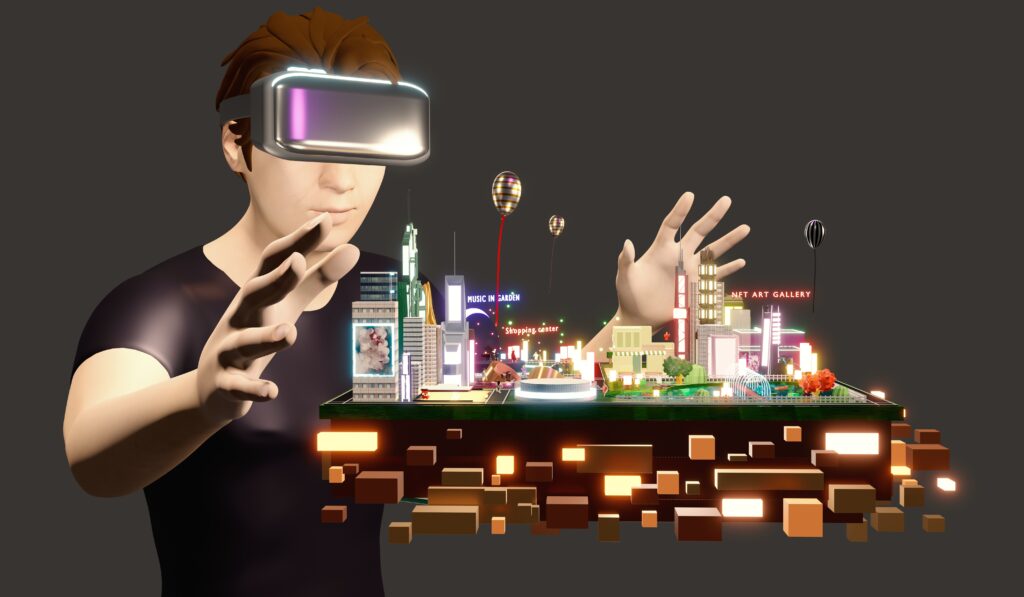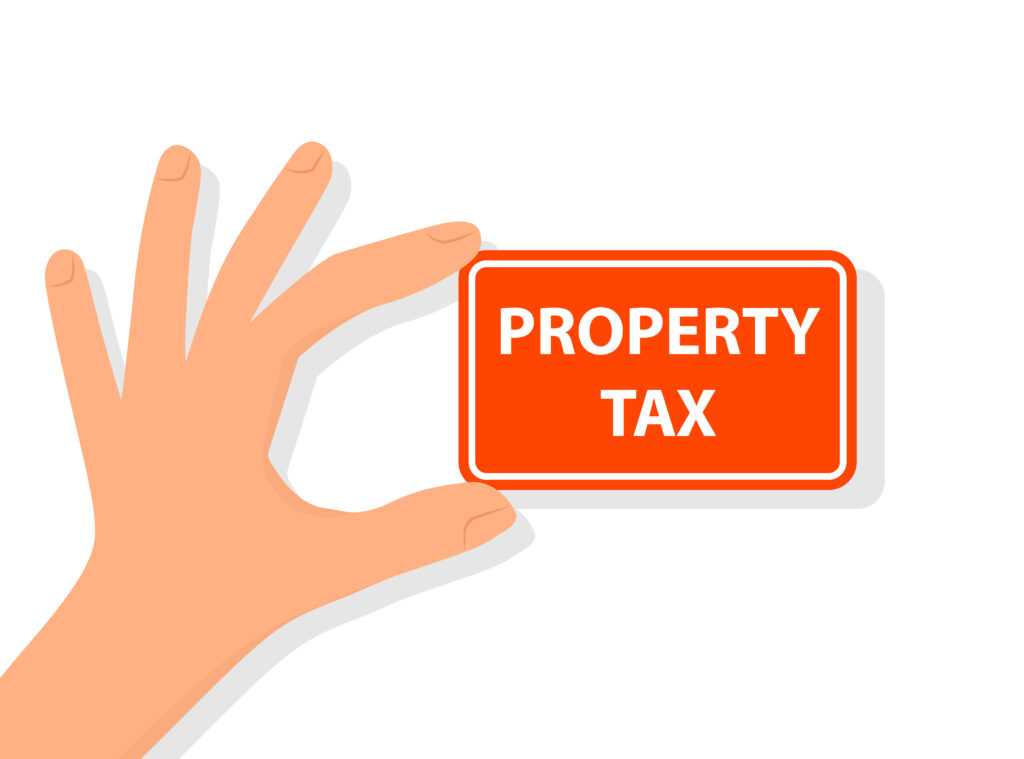Metaverse Real Estate: Must Read Before Investing
With the first virtual land sold in 2020, the metaverse real estate industry has skyrocketed ever since. From Adidas to Miller Lite, all big companies are now eager to invest in and purchase new land in the metaverse, not just as a marketing strategy but to offer actual products and experiences.
Over a whopping $1.9 billion worth of metaverse real estate or virtual land has been sold up until now. According to Technavio, the market is expected to continue to increase by $5.37 billion from 2022 to 2026 at a CAGR of 61.74%.
What is Metaverse Real Estate

Metaverse real estate is exactly what it sounds like – real estate in the virtual world that we now call the metaverse. Even though it’s nothing more than computerized images and pixels sold in units called “parcels”, people are paying millions of dollars for them.
Earlier this year, someone paid almost half a million to buy a virtual property next to Snoop Dogg’s virtual property on Sandbox.
The first Decentraland virtual land sold in an auction in 2017 was for $20. And now, even the cheapest land in Decentraland sells for a minimum of $13,000, according to June 2022 stats. This should give you an idea of how much this industry has grown in such a short time.
The metaverse real estate boom came around the same time as the NFT boom in 2020, and it’s not surprising, considering real estate in the metaverse is essentially an NFT at the end of the day.
Not only is it possible to replicate everything you see and experience in the real world, but you can also create properties and experiences in the metaverse that would never be possible in the physical world. People are hosting parties, festivals, concerts, marriages, and everything else you can (and can’t) imagine.
How Does it Work?
Metaverse real estate works the same way as NFTs work.
If you don’t know what NFTs are or how they work, you can check out our in-depth guide here, but to give you a quick overview – Non-Fungible Tokens are unique digital (sometimes physical) assets built on blockchains with the help of smart contracts.
So, if you create an image of a cat and make an NFT out of it, only you and you alone will have ownership of that image. Other people can copy, download or replicate it, but you’ll own the underlying code.
It’s like the original Mona Lisa painting. No matter how good of a copy you make, it won’t affect the value of the original piece.
Similarly, metaverse real estate is also unique to the owners in that sense. On top of that, different metaverse platforms have set different limitations to make virtual land scarce. Therefore, increasing its value. For example, Decentraland only has 90,601 total plots of land, which adds scarcity and drives the value of the existing property up.
Buying virtual property on the metaverse is the same as buying NFTs. All you need is money, a crypto wallet, and a trusted metaverse platform. The following are some of the most popular metaverse platforms right now:
Applications (Uses) of Metaverse Real Estate
Some people are buying real estate in the metaverse just for the sake of it, similar to how collectors buy art pieces and NFTs. However, some people are using virtual land to produce real and tangible outcomes in the physical world.
We can roughly divide the applications of metaverse real estate into three categories:
1. For Speculative Purposes: Some people are treating it as a real-world real estate-flipping business where they buy a piece of virtual land and sell it for a profit.
2. For Marketing and Advertising: Brands like Adidas, Samsung, JP Morgan and Miller Lite are using this new trend to market and advertise their business.
It’s not crazy to imagine crypto and NFTs being the next big thing in the future. That is why some companies and brands want in on this wave early.
At the most recent Super Bowl, Miller Lite, an American beer company, opened a virtual bar in Decentraland. More than 20,000 people, or avatars, showed up at this bar.
More and more companies are hosting virtual events and conferences like this. Not only is it a great marketing strategy, but it also allows them to reach far more people, which otherwise wouldn’t be possible.
3. To Generate Passive Income: Lastly, some people are capitalizing on the rising trend of metaverse land by leasing out their property or part of their property to generate passive income, just like you would in real life.
From providing large venues for concerts to letting brands advertise their businesses on billboards and walls, these people found a way to make the most out of virtual land.
But will any of this actually last, or is it just the next “dot com bubble”?
Taxes on Metaverse Real Estate

Taxes on Metaverse real estate are essentially the same as taxes on NFTs and crypto. If you don’t know how your country’s crypto taxes work, you can check out our in-depth tax guides for different countries.
For example, crypto (and NFTs) are treated as property in the US. Therefore, you must pay capital gains taxes on its profits. Using this framework, we can ensure that metaverse real estate is also liable to the same tax implications.
Also, keep in mind that any income you generate using your virtual property will be liable to appropriate income taxes.
So, for example, if you lease out your virtual house to someone else, you’ll pay income tax rates on the lease amount you receive. Or if you earn money by letting a company advertise their business on your property through posters or signs, you’ll be liable to income taxes.
Ironically, virtual land is receiving the same tax treatment as physical land.
Is it the Next Dot Com Bubble?
The Dot Com Bubble is referred to a period between 1995 to 2000 when stocks of internet-based companies saw a rise of almost 400%. However, when the capital dried up and cash flow stopped, the stocks dropped in value by almost 78% from their peak.
Like the dot com bubble, the virtual real estate market is also experiencing a sudden rise, almost fifty-fold as against the five-fold rise experienced by the Dot Com Bubble, and now going through a decline.
According to WeMeta, The average floor price (the lowest price a plot is selling for) of virtual land at the start of this year was $8,195. Now, in December, the floor price has dropped to $313.
While one can argue it’s due to the bearish market and the two massive blows to the crypto market as a whole – the Terra crash and FTX collapse, most traditional investors believe that it will inevitably suffer the same fate as the Dot Com Bubble.
A few months ago, Mark Cuban, a well-known entrepreneur and a crypto-enthusiast, said that buying metaverse real estate is the dumbest thing ever. According to him, physical real estate drives its value from the scarcity of land. But that’s not the case with virtual land, as one can create unlimited amounts of it with simple lines of code.
Some people may argue that land is indeed scarce in the metaverse because of how different platforms have put an upper limit on available plots of land, as explained earlier. However, that doesn’t stop people from creating their own platforms and virtual land, just as they create new cryptocurrencies and NFTs.
So ultimately, the value of metaverse real estate is based on the collective belief in its and the platform’s future and because everyone agrees it’s valuable.
Does it have a future?
Metaverse estate definitely has a future. However, it may not be the one we’re looking at right now, where people are buying virtual houses for thousands and millions of dollars.
As with anything else, the projects with real utility and underlying value will survive and continue to thrive in the future, while the ones based on the hype with no real fundamentals will die off.
Even as of now, the metaverse market has created great opportunities and applications, some of which we already discussed. Nonetheless, it’ll be interesting to see how this market grows and interact with the larger crypto industry in the future.